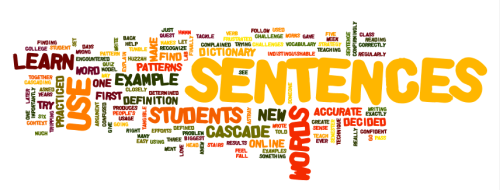
© Copyright Kenneth Allen and licensed for reuse under this Creative Commons Licence
I have always loved watching artists start a new picture on a blank canvas – one moment a scattering of random lines and the next moment a recognizable image. It’s magic and never ceases to fascinate me.
The equivalent process for writers, from that first seedling of an idea through the accretion of exactly the right details, the right settings and characterizations, is invisible and thus, to me at least, beyond magic and on to miraculous. In the past few days I have gotten two unrelated and yet very similar glimpses into that miraculous world.
I like to read the news on imdb (Internet Movie Database) and came across an article entitled “How J.J. Abrams Pitched ‘Revolution.'” I never learned how that pitch went, but the article started with this sentence: “It started with two men sword fighting in front of a Starbucks.” The writer-producer Eric Kripke was the imaginer of that scene, and he had no idea who the men were or why they were using swords. The article went on to state that his previous series, Supernatural, was inspired by a “similarly random mental snapshot – ‘a girl on the ceiling on fire.'”
How in the world, I wondered to myself, could anyone know how to move from that random mental snapshot (I love that phrase) to a full-blown TV series, running for years due to the depth of its created universe? I stand in awe.
And then, thanks to Rick Mallery‘s generosity in visiting and following bloggers like me, I was able to read his story about writing his first novel, in which I found an unexpected glimpse into that process. He described settling in to a comfy chair with a new notebook and pen. Everything he had learned about writing fiction disappeared, distilled into a wonderfully concise direction: “Just start with a character who has a problem, and then make everything worse until it finally gets better.” He goes on to describe the first few lines he wrote and how he moved incrementally into the story.
This was so helpful to read, I think because I held an unspoken conviction that if it doesn’t happen like the blinding vision of JK Rowling, where the vastness of the story and the world appears all of a piece, it isn’t real and it isn’t true. Now that I write that down I see how silly it sounds, but there it is.
Whenever I think about writing fiction I get utterly overwhelmed, having no idea how to “do it.” I think I have a story that wants to be told, but I get lost in the vastness of my ignorance and overwhelmed at the many many many words that would need to be found. But, thanks to Eric Kripke and Rick Mallery, I caught a glimpse of the possible: of being able to move from the random mental snapshot to a completed tale. Thank you gentlemen, and good night.

photo by Tattooed JJ, made available by Creative Commons license










